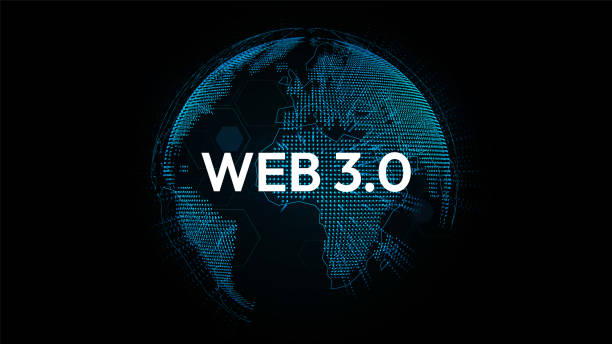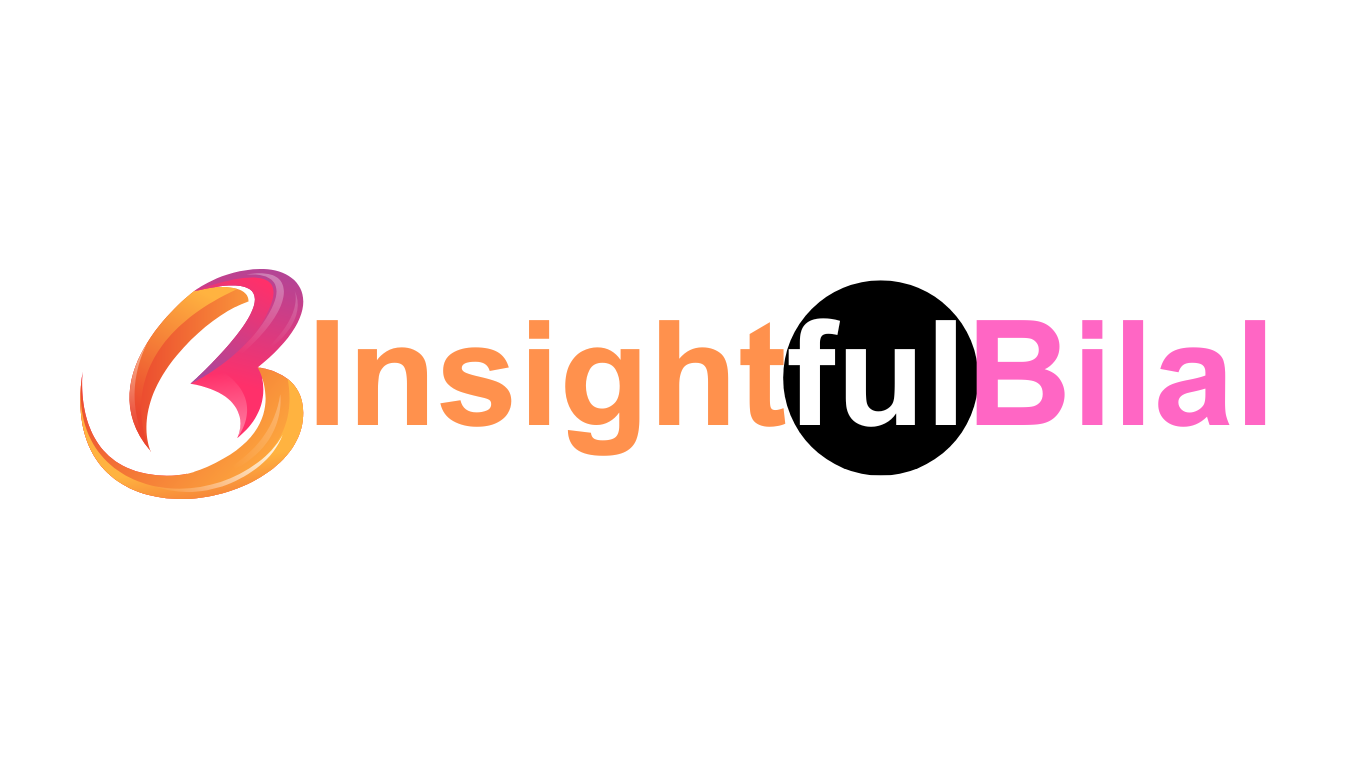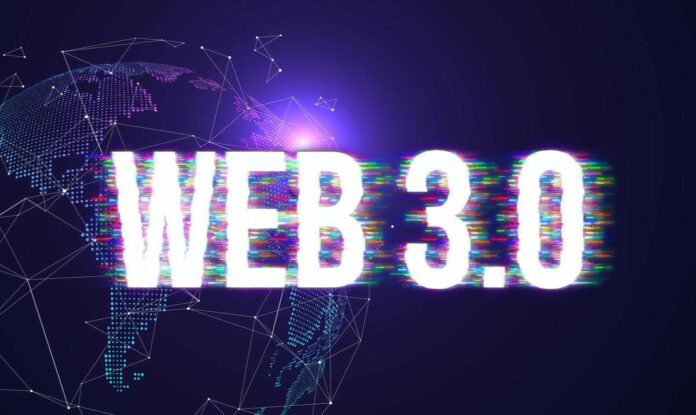Web3 The Future of the Internet
Web3 is a term used to describe a new iteration of the World Wide Web that incorporates concepts such as decentralization, blockchain technologies, and token-based economics. It is a vision of a more open, equitable, and user-centric internet, where users have greater control over their data and online experiences.

Web3: The Future of the Internet
To understand Web3, it’s helpful to first take a look at the evolution of the web.
- Web 1.0 (1991-1995): The early web was a static and read-only experience. Users could access information, but they couldn’t interact with it or create their content.
- Web 2.0 (2005-present): The rise of social media and interactive platforms like YouTube and Facebook transformed the web into a more dynamic and user-generated experience. However, this era also saw the rise of powerful tech companies that control large amounts of user data.
- Web3 (emerging): Web3 aims to address the centralization and data privacy concerns of Web 2.0 by building on the principles of decentralization, blockchain technology, and token-based economics.
- Decentralization: In Web3, power and control are distributed among users rather than concentrated in the hands of a few large companies. This is achieved through the use of blockchain technology, which is a decentralized and distributed ledger that can securely store and track data.
- Blockchain technology: Blockchain is a tamper-proof database that stores information in a way that makes it difficult to hack or manipulate. It is the under technology that powers cryptocurrencies like Bitcoin and Ethereum, and it can be used to create a wide range of decentralized applications (dApps).
- Token-based economics: Web3 uses tokens to represent ownership and value. These tokens can be used to access apps, vote on governance decisions, or even purchase goods and services.
- Greater user control: Web3 gives users more control over their data and online experiences. They can choose how their data is used, and they can participate in the governance of decentralized platforms.
- Increased security and transparency: Blockchain technology makes it difficult to hack or manipulate data in Web3, which can help to improve security and transparency.
- More open and equitable Internet: Web3 aims to create a more open and equitable Internet where everyone has the opportunity to participate and benefit from the digital economy.
- Technical complexity: Web3 is still in its early stages of development, and the technology can be complex and challenging to use.
- Scalability: Blockchain technology can be slow and expensive to scale, which could limit its adoption in Web3.
- Regulation: The regulatory landscape for Web3 is still uncertain, which could create challenges for businesses and users.
The future of Web3 is uncertain, but it has the potential to revolutionize the way we interact with the internet. As the technology matures and becomes more user-friendly, it is like to be adopted by a wider range of users and businesses.
I hope this article helps you understand Web3 better!
Please let me know if you have any other questions.
Sources:
info
- For more info visit this link: https://insightfulbilal.com/




[…] For more Posts visit the link: /https://insightfulbilal.com/web3-the-future-of-the-internet/ […]
Thank you for your sharing. I am worried that I lack creative ideas. It is your article that makes me full of hope. Thank you. But, I have a question, can you help me?